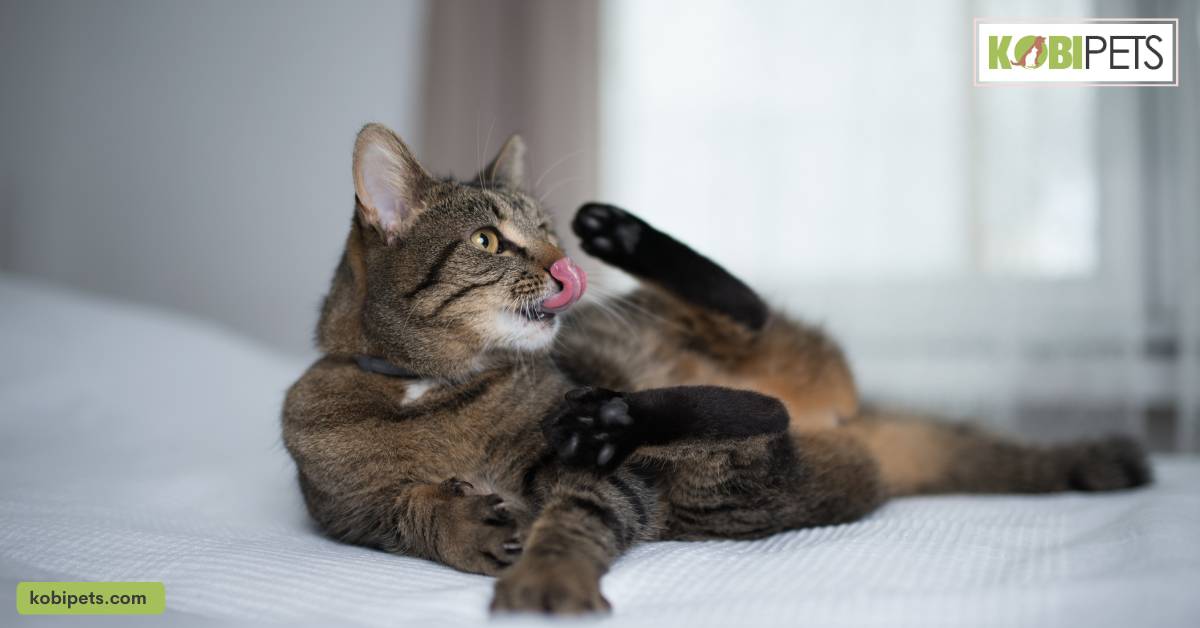
When trying to determine your cat’s age it is important to consider both its physical and behavioral characteristics. While there are no hard and fast rules for this, some common signs of aging in cats include a dull coat, slower reaction times, graying around the muzzle, white whiskers, decreased activity levels, and increased sleeping times.
In this article, we will discuss how to accurately determine your cat’s age and the methods for calculating it. We will also look at signs to look for that indicate an aging cat so that you can be prepared to provide extra support throughout their later years.
With proper knowledge of your feline friend’s age, you can be better equipped to give them the care and attention they deserve.
Examining Teeth and Ears
Anyone who has ever owned a cat knows how difficult it can be to identify the age of your feline friend. Traditional methods for estimating age based on behavior and physical appearance are not always precise and can lead to incorrect guesses.
Fortunately, researchers have discovered two reliable methods for determining the age of cats: examining their teeth and ears. By closely observing the developmental changes in these parts, a relatively accurate timeline for a cat’s life can be gathered. For instance, as cats grow older, their ears become more flexible or pliable with age while the teeth begin to yellow and wear down due to excessive chewing.
Using these traits can help owners get an estimation of how old their pet is so they can better understand their behavior and the needs they might have due to their unique stages in life.
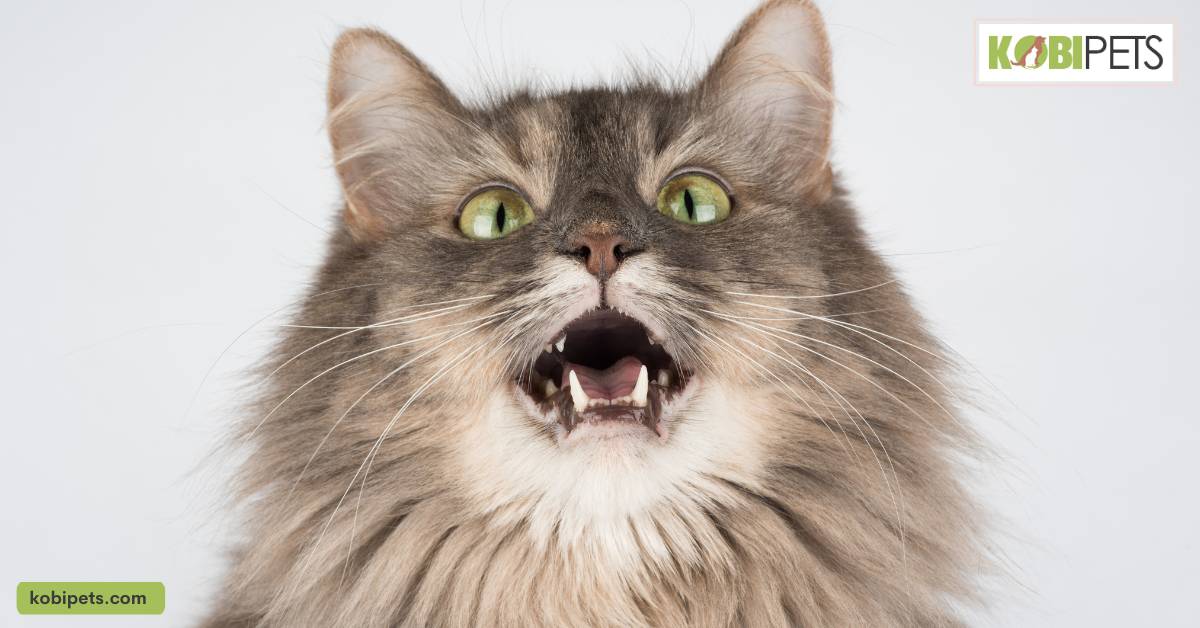
Counting the Littermates
When it comes to calculating the age of cats, counting littermates can be an effective strategy. This process involves determining an approximate birth date for each cat in a litter and then creating a timeline. Since cats tend to reach milestones at similar stages, movements between different age brackets can be recorded as the cat grows older.
Through analyzing this timeline, one will end up with a relatively accurate estimation of age when it comes to the entire litter. Though this method is reliable, it is essential to note that judging the exact ages of cats can still prove difficult due to variances in growth.
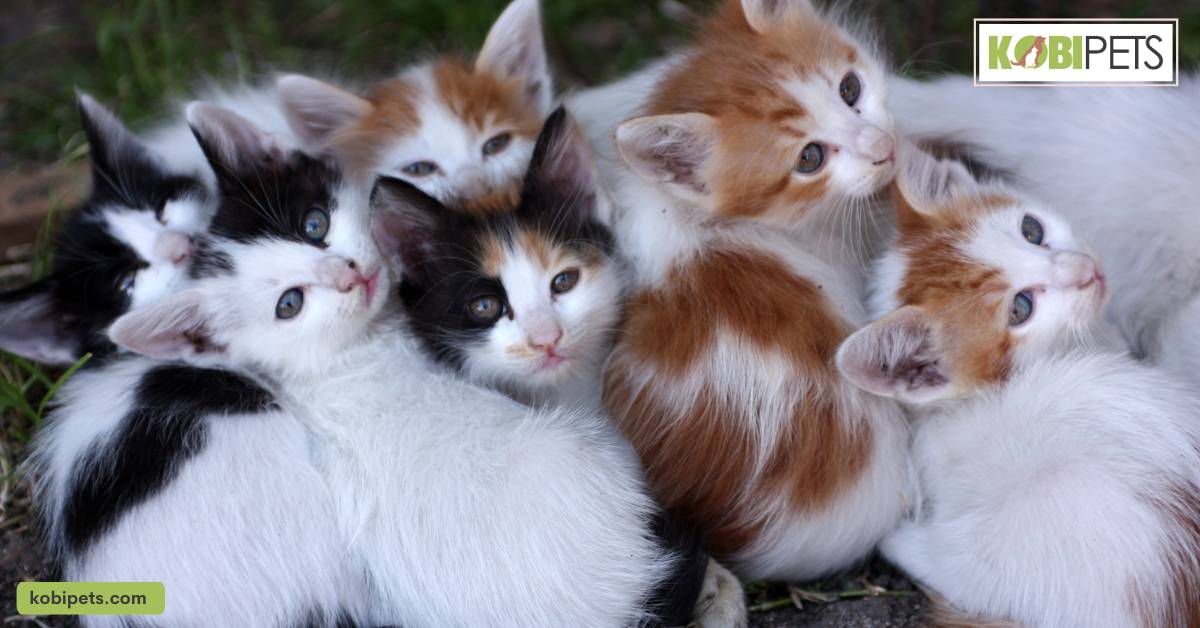
Consulting Veterinarians or Shelters
If you want to accurately estimate a cat’s age, the best thing to do is to consult a veterinarian or an animal shelter. Most veterinarians, who have experience caring for cats of all ages, can easily participate in aging them through physical examinations.
Usually, they can figure out fairly accurately what a cat’s age is based on its physical characteristics and their own experience. Animal shelters are another great resource as they are often inhabited by cats of all ages; some may have kept a record of the cat’s birth date when it was initially taken in.
If not, staff members at the shelter may still be able to help determine approximate age ranges just by observing and noting typical behaviors associated with certain ages. Either way, consulting a veterinarian or animal shelter is the most reliable and accurate means for evaluating a cat’s age.
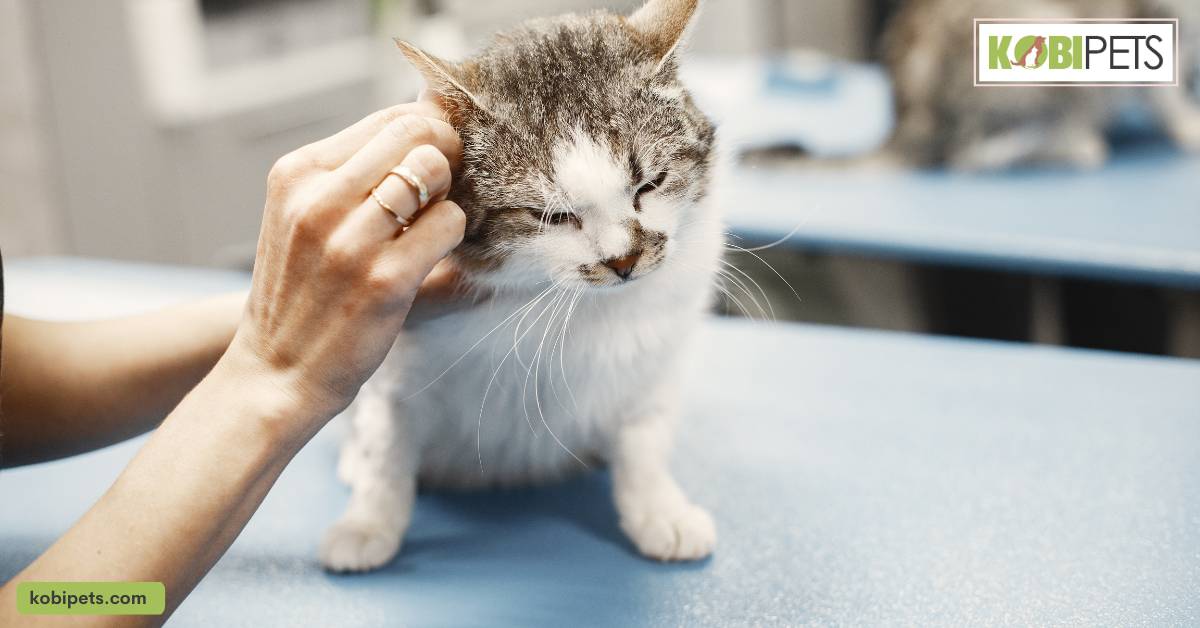
Testing with Blood Work or X-Rays
It is generally accepted that cats age much more quickly than their human counterparts, but determining a cat’s exact age can be tricky. For this reason, there has been an increasing interest in using blood work and x-rays for more accurate calculations.
By examining bones and skeletal structure, pet owners are given a better idea of their beloved feline’s age. Blood tests can measure hormone levels which can indicate how far along a cat is in its life cycle. With these two methods used together, veterinarians may not only be able to estimate the age of a cat but also identify potential illnesses associated with aging as well.
Using both testing methods together provides more detailed insight into the health and wellness of cats and can be very beneficial in providing appropriate treatments accordingly.
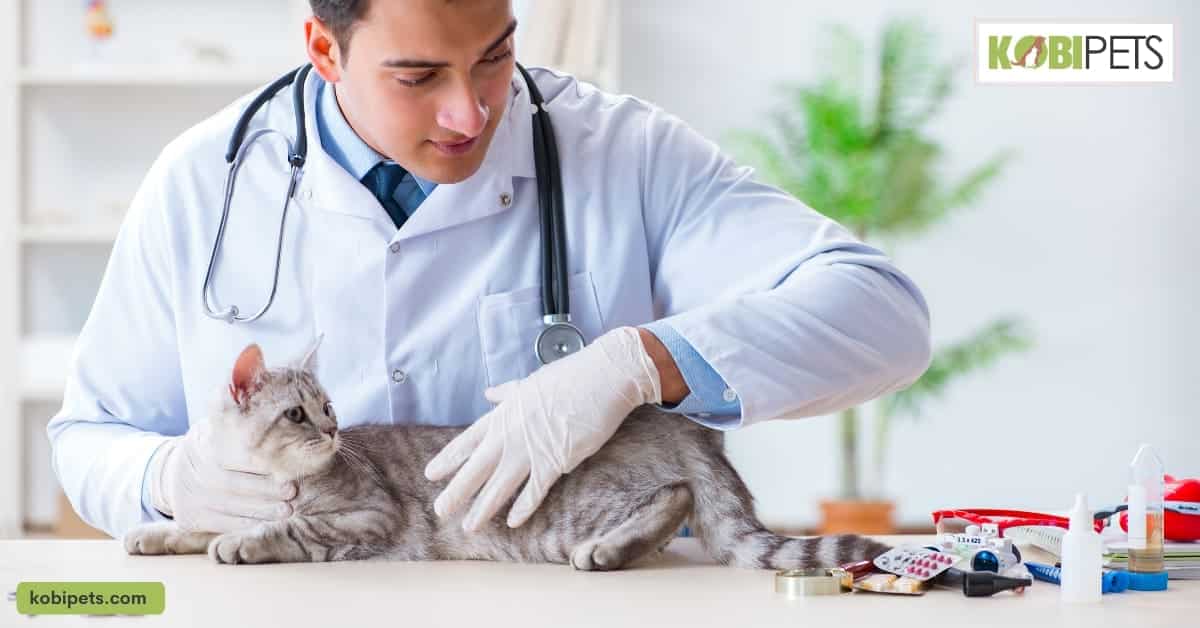
Ask Your Vet to Check for Cloudiness in Your Cat’s Eyes
A mature and healthy cat should have bright, clear eyes. But if your cat’s eyes look cloudy or their pupils appear abnormally large, it could be a sign of an underlying medical issue. That’s why it is important to keep an eye out for changes in your cat’s eyes.
Make sure to ask your vet to check for cloudiness during regular check-ups as this could be indicative of aging-related problems or illnesses. Calculating age in cats can be complicated as not all cats age at the same rate depending on their diet, lifestyle, and genetics. Your vet can provide methods for determining age so you can make sure that your furry companion is getting the best care possible.
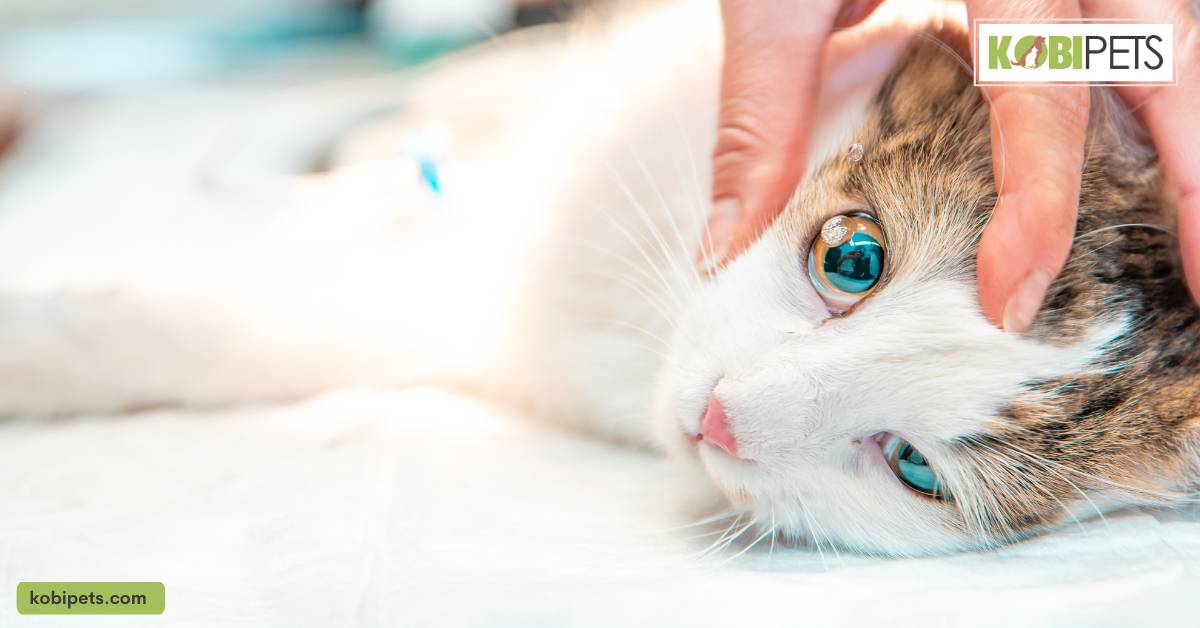
Assess Their Grooming Habits
One way to assess a cat’s age is by evaluating its grooming habits. Older cats may become more disheveled and unkempt looking while younger cats tend to remain cleaner and better groomed.
However, this method is not an exact science and should only be used as a guide. Keeping track of your pet’s health records including birthdates and vaccinations can give more insight into the exact age of your feline companion.
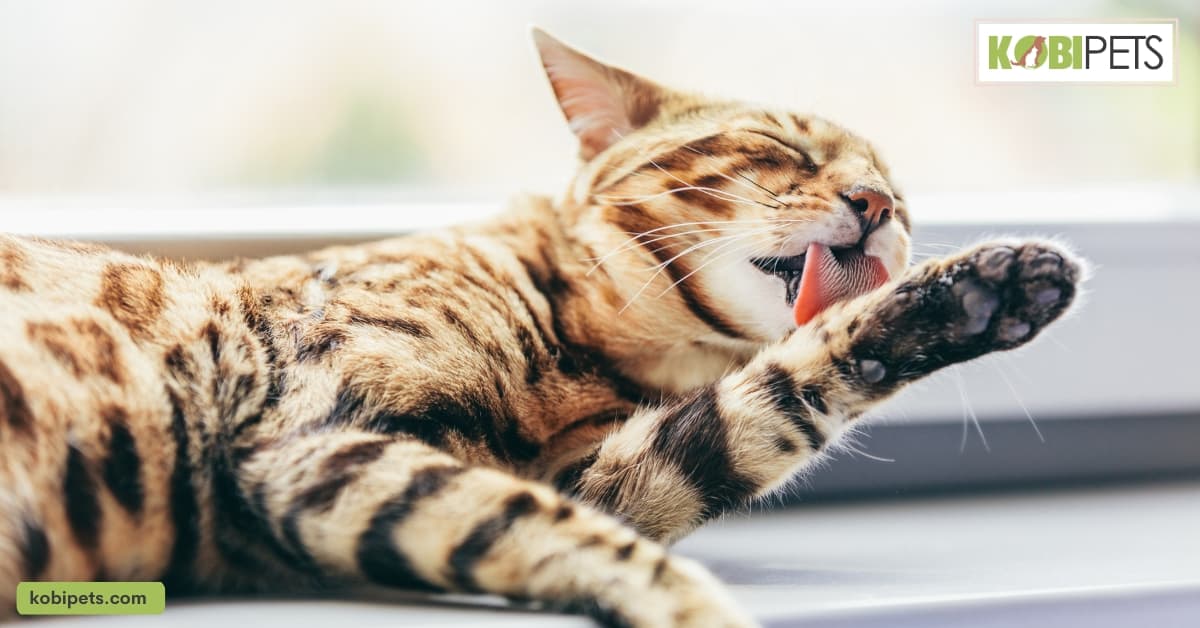
Sexual Maturity
Factors like the overall size and other physical characteristics, as well as behavior, are all considered when trying to estimate a cat’s age. Generally speaking, cats reach sexual maturity around 6 months old. Studying the development of these physical traits such as coat color changes, the eruption of canine teeth, and the growth of testicles in males can often be helpful when determining the approximate age of cats.
It is important to keep in mind that health may play a role too; some cats may mature faster or slower due to general health conditions or illnesses which could affect the timeline for the development of these physical signs.
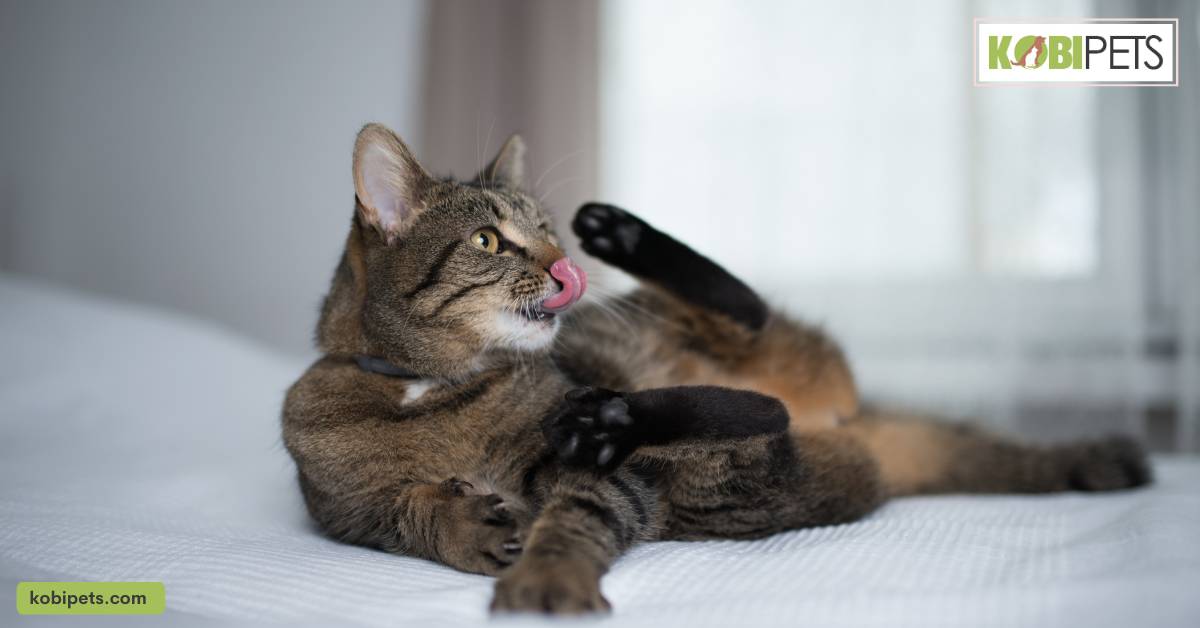
In Conclusion
Determining the age of cats can be challenging and requires close observation. While traditional methods based on behavior and physical appearance are not always precise, there are some reliable strategies one can use to estimate their feline friend’s age.
Examining teeth and ears as well as counting littermates can provide reasonably accurate estimations. Additionally, consulting with a veterinarian or animal shelter and using blood tests or x-rays can help get the more detailed information regarding age. Assessing grooming habits and sexual maturity can also provide helpful insights.






